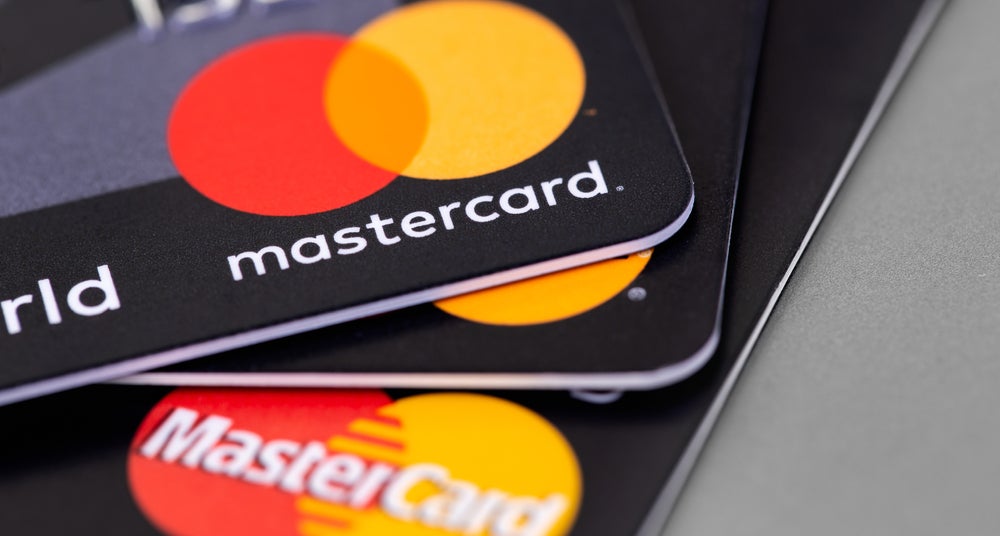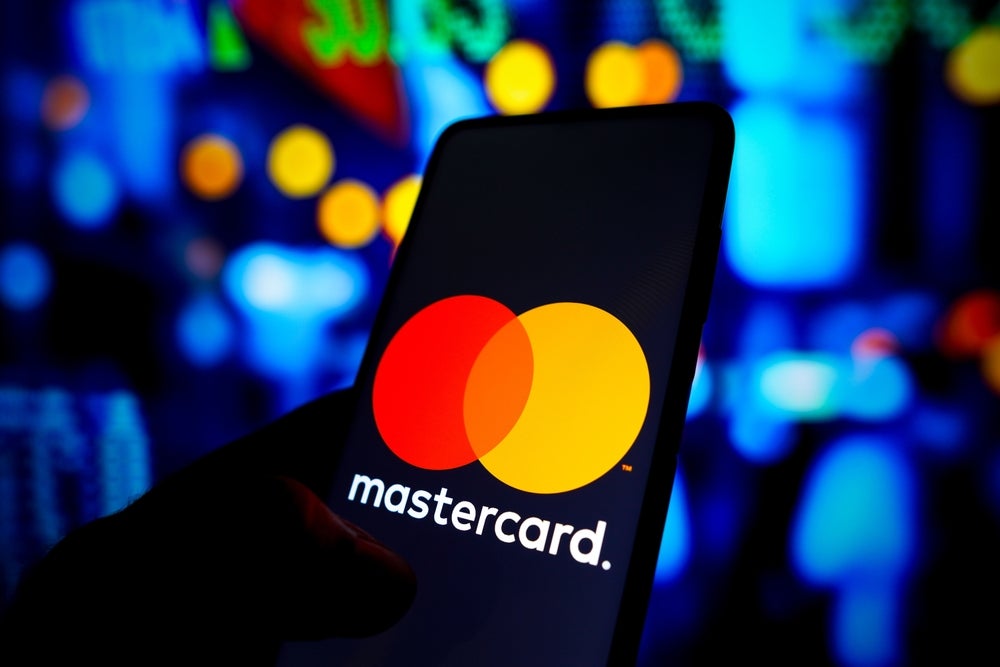
Canada has a well-developed payment cards market, with frequency of card use in 2016 second only to France. The government and private sector have collectively shown a strong commitment to alternative payments, and prepaid and reloadable cards are also popular, despite the large banked population
The Canadian payment cards market is one of the most highly competitive and attractive in the Americas.
According to GlobalData, Canada’s payment cards market is mature, with pay later and debit card penetration rates of 1.9 and 0.7 respectively per inhabitant in 2016.
Canadian consumers recorded the second-highest frequency of payment card use in comparison to the country’s peers in 2016, with 110.6 transactions per card – behind France with 147.5.
The average transaction value (ATV) on all payment cards decreased between 2012 and 2016, from $72.10 (C$72) in 2012 to $52.20 in 2016, and is forecast to reach $50.50 by 2021.
The decline in ATV is likely to be a reflection of the continuing migration of low-value cash payments to payment cards, alongside the growing adoption of contactless cards.
How well do you really know your competitors?
Access the most comprehensive Company Profiles on the market, powered by GlobalData. Save hours of research. Gain competitive edge.

Thank you!
Your download email will arrive shortly
Not ready to buy yet? Download a free sample
We are confident about the unique quality of our Company Profiles. However, we want you to make the most beneficial decision for your business, so we offer a free sample that you can download by submitting the below form
By GlobalData Canada cards popular for high-value buying
Canada cards popular for high-value buying
Despite growth in POS transaction volumes, debit cards have struggled to gain traction in terms of value, primarily because credit cards dominate purchases of large-ticket items.
The ATV for credit cards stood at $75 in 2016, whereas for debit cards the ATV was recorded at $31.20.
With a reduction in interchange fees, merchant acceptance of credit cards has also grown. In November 2014, Visa and Mastercard agreed to reduce interchange fees on credit card purchases, and limit the amount retailers are charged to process transactions at 1.5% of the transaction value. The new rate was applicable from 30 April 2015, and will remain unchanged for five years.
 Alternative payments gain prominence
Alternative payments gain prominence
Canada is poised to make progress in technology-focused areas such as alternative payments. Its approach has been to make mobile payment capability ubiquitous, recognising that consumers will benefit from this.
With the country already pressing ahead with the adoption of Europay, Mastercard and Visa (EMV), and with the growing presence of contactless platforms, key infrastructure is already in place in Canada. Alternative payments will form a natural extension to the established infrastructure, offering speed, security and convenience to consumers.
Apple Pay entered the Canadian market in November 2015. Initially, the service was only available to American Express cardholders but was expanded in partnership with some of the country’s largest financial institutions, including ATB Financial, Bank of Montreal (BMO), Canadian Imperial Bank of Commerce (CIBC), President’s Choice, Desjardins, Royal Bank of Canada (RBC), Scotiabank, Tangerine and TD Canada Trust in May 2016.
Other launches include QuickPass in August 2016, Samsung Pay in partnership with CIBC in November 2016, and Amex Pay in December 2016. These initiatives are forecast to increase market competition.
 Growing preference for prepaid cards
Growing preference for prepaid cards
In terms of the number of cards in circulation, the prepaid cards market posted a compound annual growth rate (CAGR) of 7.18% between 2012 and 2016, and a CAGR of 1.99% in terms of transaction value. The growth of prepaid cards was supported by the emergence of new general-purpose reloadable prepaid cards with lower fees. Reloadable cards are becoming increasingly popular in Canada, despite most Canadians having bank accounts and associated debit cards.
A number of open-loop prepaid cards are generally available, including general-purpose reloadable cards, teen cards, payroll cards, corporate disbursement cards, corporate incentive cards, rebate cards, government disbursement cards, gift cards, travel cards and disaster relief cards.
According to the Canadian Prepaid Providers Organization, general-purpose reloadable card loads totalled $1.4bn in 2015, and the average load per card was $1,576.10.
The average loaded onto corporate-funded prepaid cards was $97.70, while for corporate-funded cards the average was $86. The overall open-loop gift card load totalled $805.3m, and the average load per card was recorded at $64.90.
The government introduced a number of new regulations for open-loop prepaid cards, that became effective on 1 May 2014.
Maintenance fees have been banned for a period of one year from the date of a card’s activation, and assigning an expiry date to funds loaded onto the card has also
been prohibited. Key customer information must be obtained prior to issuing a prepaid card, while overdraft fees or interest on prepaid cards have also been banned.


 Canada cards popular for high-value buying
Canada cards popular for high-value buying Alternative payments gain prominence
Alternative payments gain prominence Growing preference for prepaid cards
Growing preference for prepaid cards




